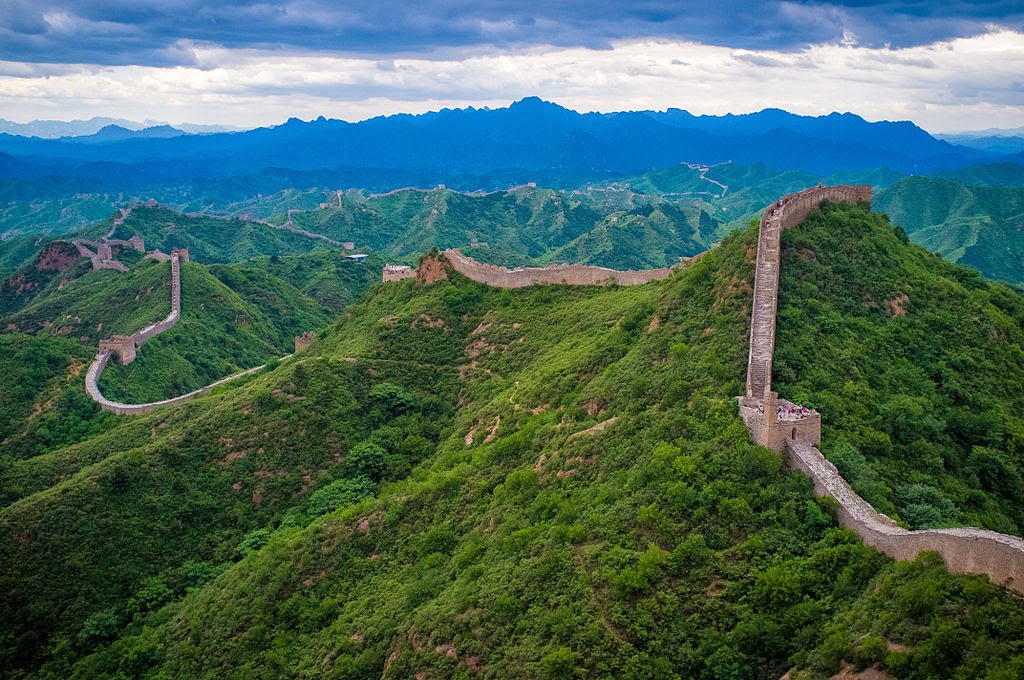Compiled from Compton's Living Encyclopedia on America Online (August 1995)1. HISTORICAL AND CULTURAL CONTINUITY
A significant aspect of China is its long cultural and national history. The Chinese
people have shared a common culture longer than any other group on Earth. The Chinese
writing system, for example, dates back almost 4,000 years. The imperial dynastic system
of government, which continued for centuries, was established as early as 221 BC. Although
specific dynasties were overturned, the dynastic system survived. China was even ruled at
times by foreign invaders, such as the Mongols during the Yuan Dynasty, from AD 1279 to
1368, and the Manchus during the Ch'ing Dynasty, from AD 1644 to 1911, but the foreigners
were largely absorbed into the culture they governed. It is as if the Roman Empire had
lasted from the time of the Caesars to the 20th century, and during that time had evolved
a cultural system and written language shared by all the peoples of Europe.
The dynastic system was overturned in 1911, and a weak republican form of government
existed until 1949. In that year, after a long civil war, the People's Republic of China,
with a Communist government, was proclaimed. This government and the ruling Communist
party have controlled China ever since. Although the dynastic system has disappeared, the
People's Republic occupies essentially the same territory and governs the same people. If
anything, the culture and power of China seem stronger in the late 20th century than at
almost any other period in history. Under the People's Republic, China's role in world
economic and political affairs has grown increasingly more important. Read more on Chinese Cultural Studies, Concise Political History of China

No comments:
Post a Comment